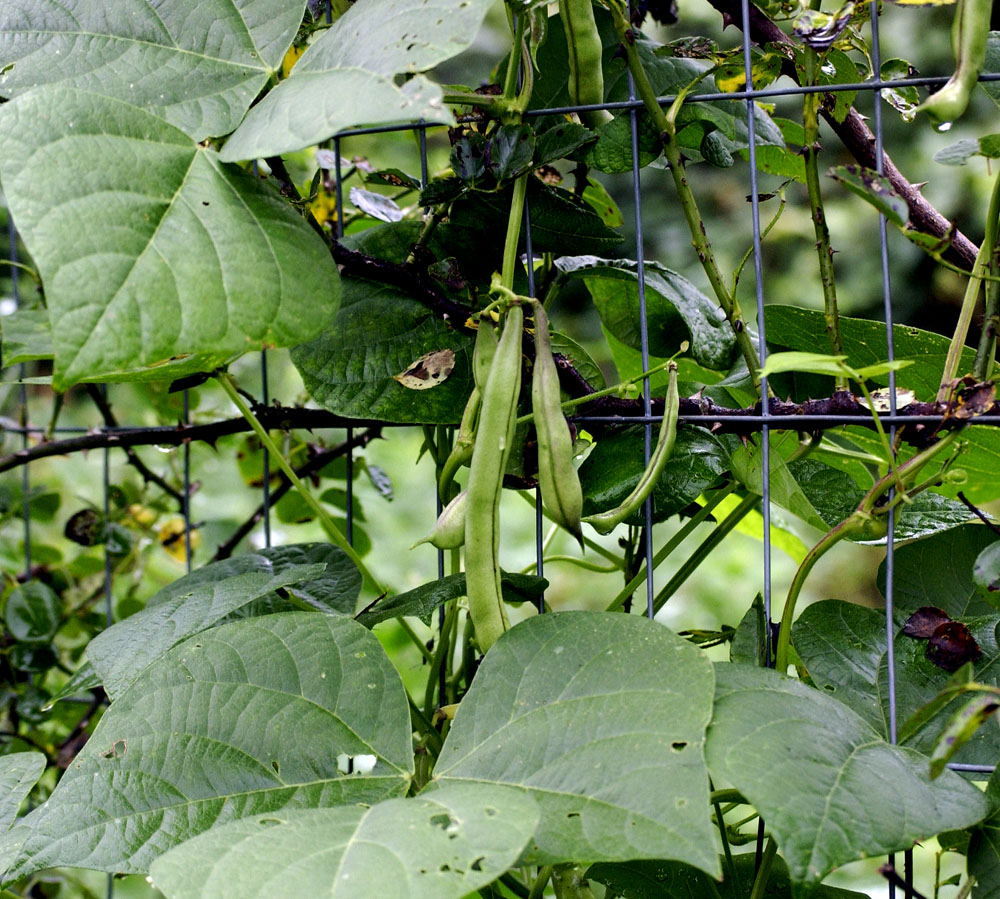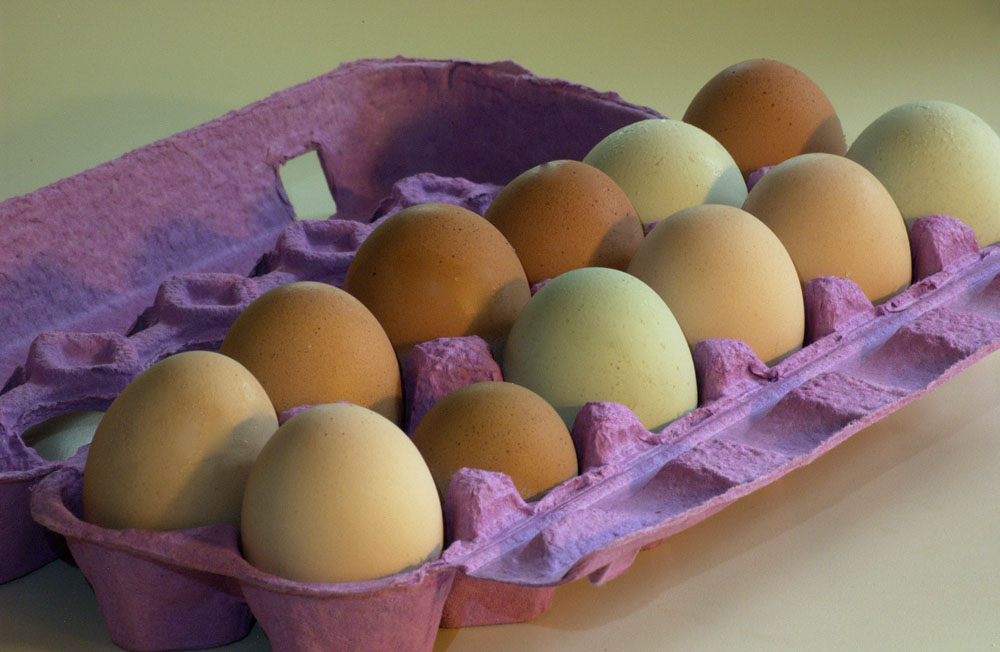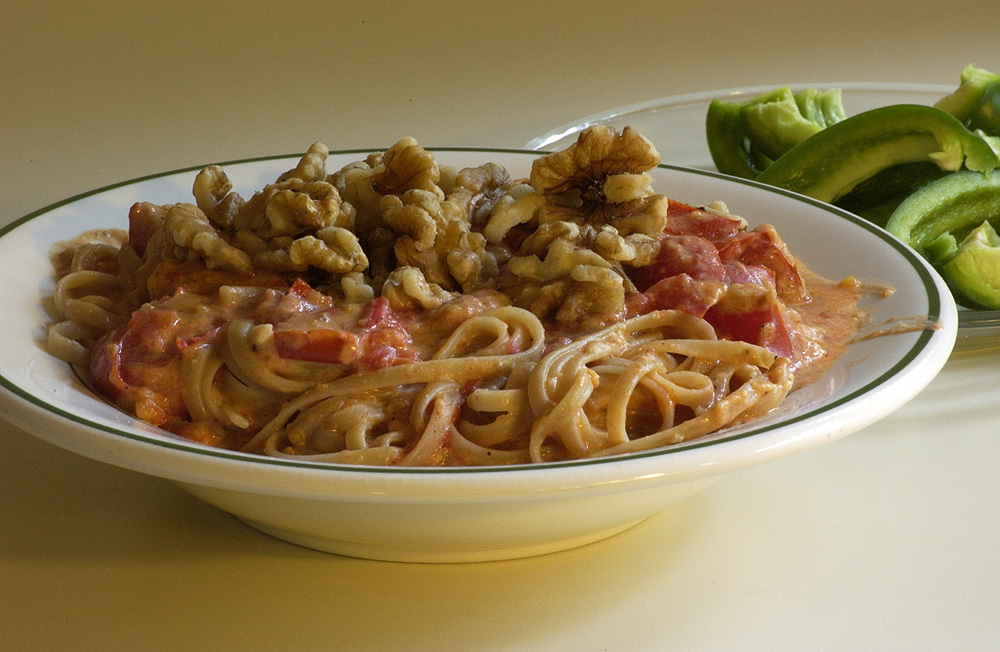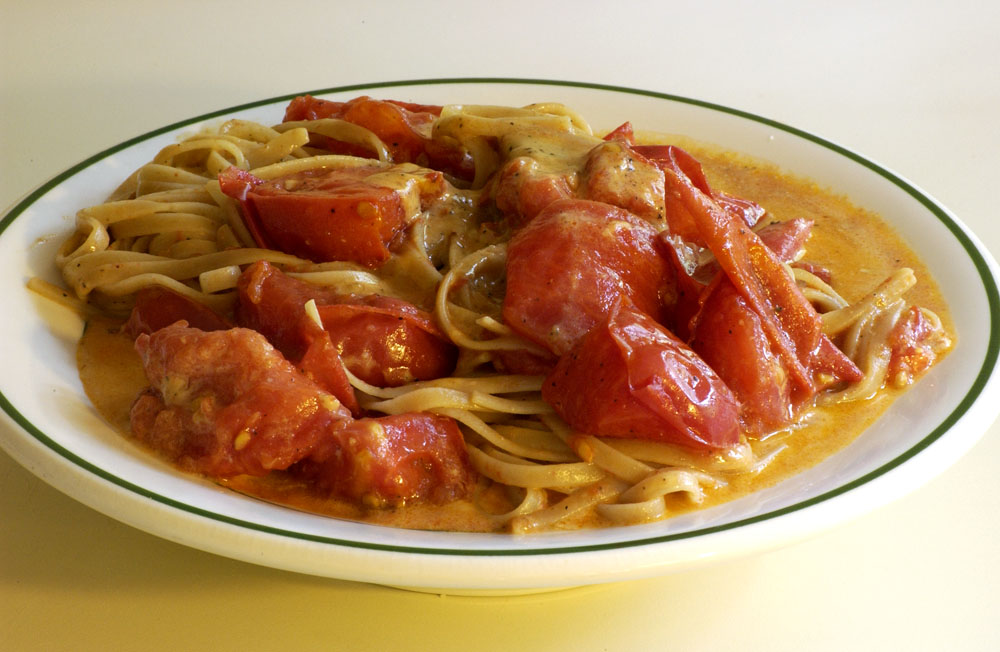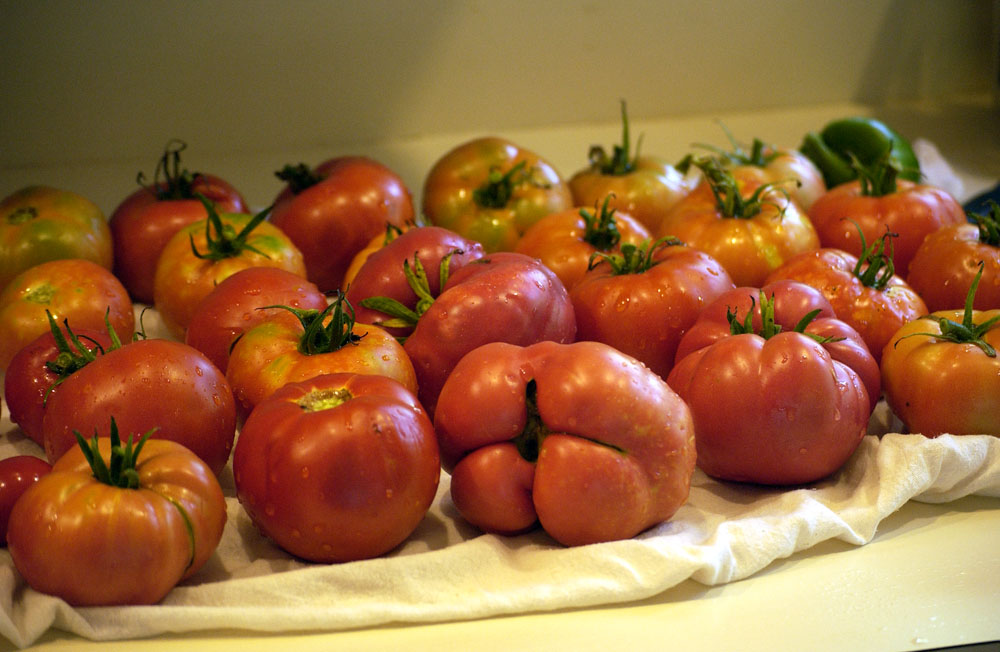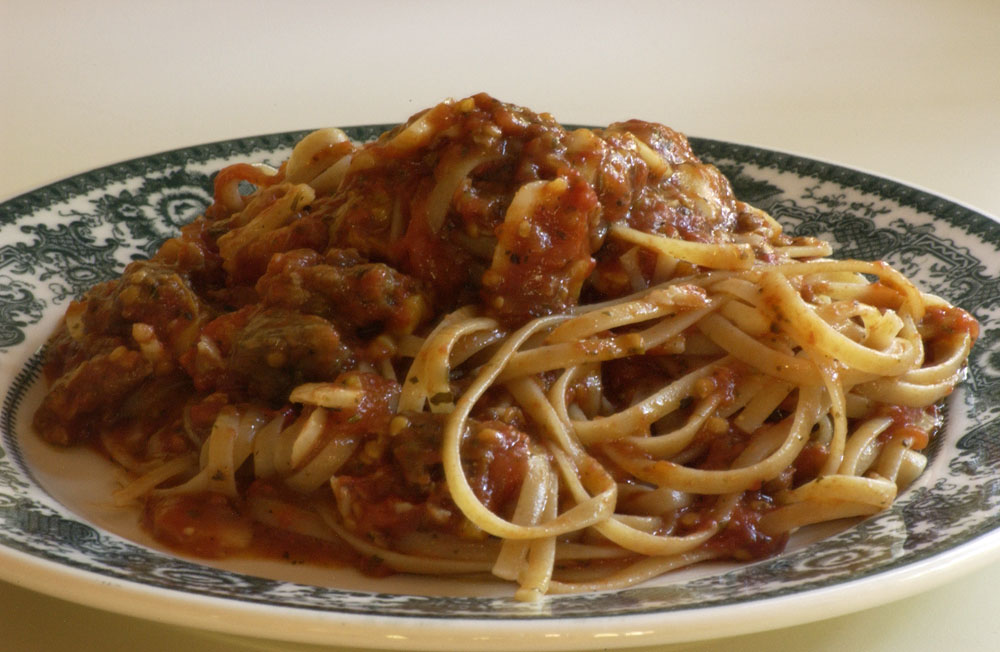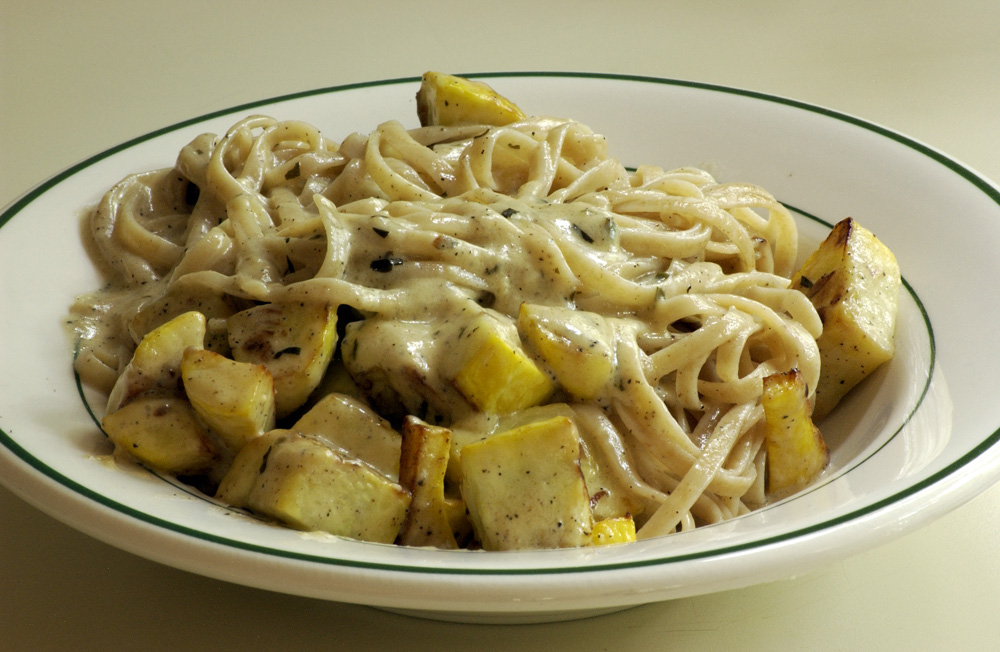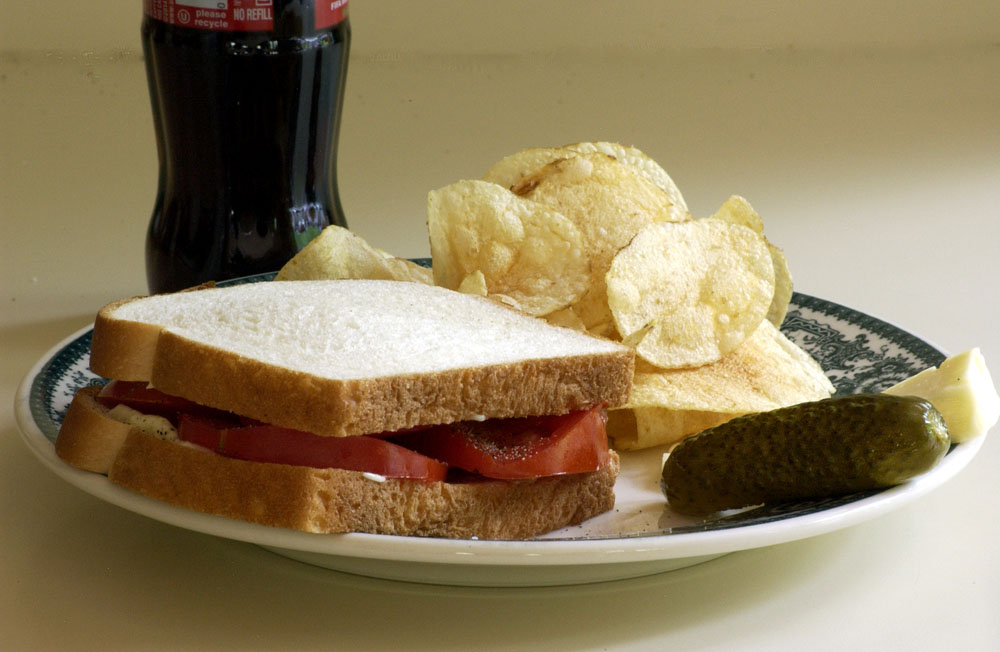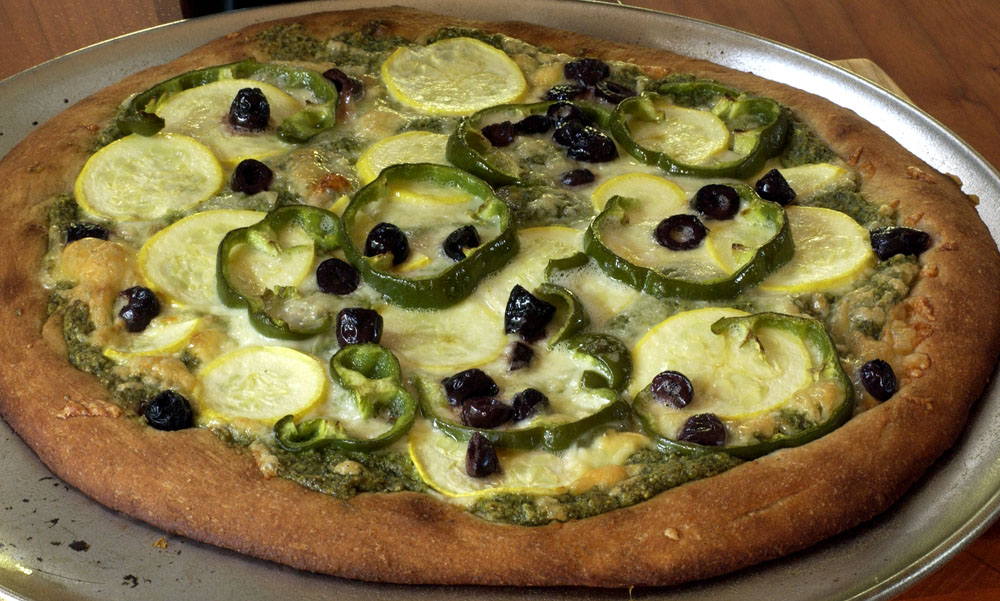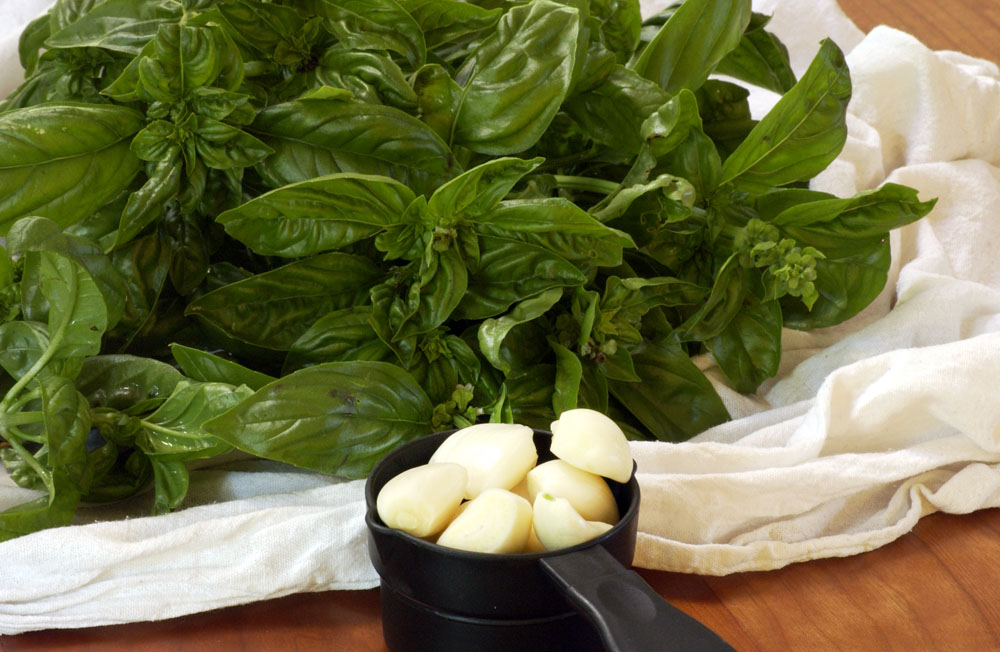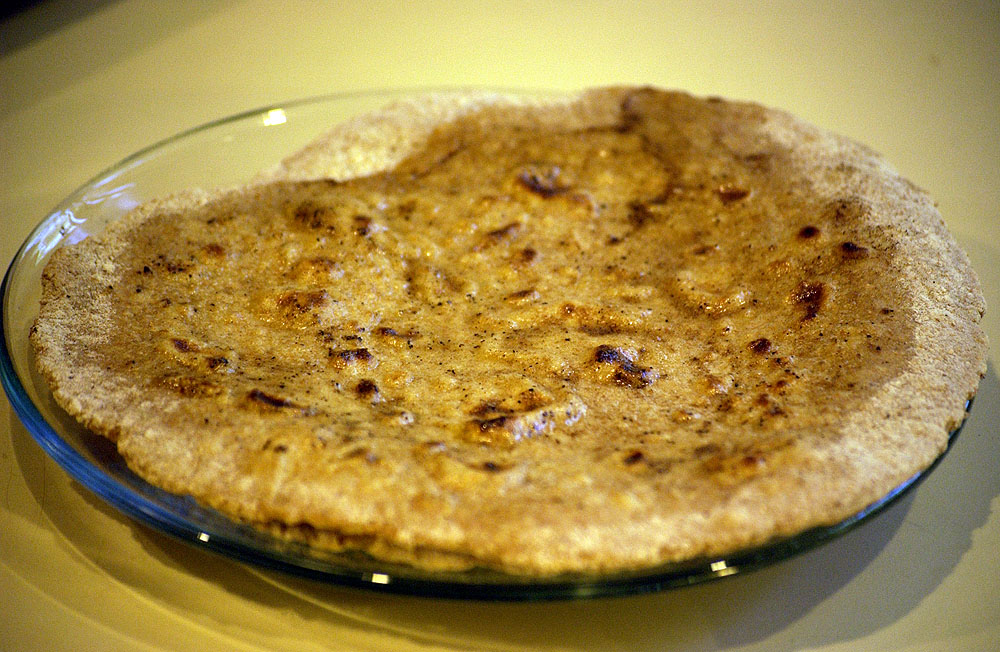
Chapati bread, four parts whole wheat to one part soy flour
We’ve known it for years, but a major new study has confirmed the evidence that carbs will make you fat, and fats won’t hurt you. Below is a link to the New York Times story about this study:
http://www.nytimes.com/2014/09/02/health/low-carb-vs-low-fat-diet.html
In my own experience with dieting, I certainly have found this to be true. I am five feet 10. I have never weighed more than 165 pounds, but 165 pounds is way overweight for me. I’m an ectomorph with slender bones. My ideal weight as a younger man was about 148, with some muscle-mass maintained in a gym. Without any gym-maintained muscle mass, my ideal weight is closer to 145 or even a few pounds lower. I judge my ideal weight as the weight at which I look trim and at which my waist is a sensible 32 inches.
Just over a year ago, I had gotten close to 165 pounds, partly because I had expended a lot of effort in learning to make decent sourdough bread. Bread is my downfall. It is my favorite food. I was a picky eater as a child, and without bread I probably would have dried up and blown away.
But here’s the problem: How can we keep bread in our lives but keep carbs down?
Lately I have been experimenting with flat breads. Oven-baked breads, whether risen with yeast or with a sourdough culture, just won’t rise if the dough is heavy. It’s difficult to make good bread even with 100 percent whole wheat, because it’s too heavy. But flat breads are a whole different thing. Flat breads don’t require a bubbly dough. Rather, the dough is rolled thin before it’s baked so that the steam during baking causes the bread to balloon up with one big steam bubble in the middle. The bread sinks as it cools, but it’s very tender. Indian chapati bread is the classic version of this. It’s baked not in an oven, but on a griddle or in a skillet.
It’s very, very easy to make delicious chapati bread from 100 percent whole wheat flour. But it’s also possible to mix in low-carb flours such as soy flour and still end up with great-tasting, tender bread. I’ve been able to make good chapati bread with two parts whole wheat flour to one part soy flour.
However, if you’re not experienced with chapati bread, I’d recommend finding a recipe on the Internet and figuring out the technique. Once you understand how to roll the dough to the right thickness and get it to puff up in a hot skillet, you’re ready to try lower-carb versions.
I’d recommend starting with a ratio of about 5 parts organic whole wheat flour to 1 part soy flour. If the results are good, then try a ratio of 4-1, then 3-1, and then even 2-1. Notice how the soy flour changes the texture of bread. It’s up to you to find the ideal ratio.
The addition of soy flour to whole wheat flour not only increases the protein and lowers the carbs, it also reduces the glycemic index of the bread.
For a year now, I have been able to keep my weight below 147 pounds. To lose weight, I have to ruthlessly cut out carbs. But maintaining a good weight is much easier. It’s all about figuring out what your own limits are with carbs. It’s also about watching the scales and adjusting your weight when you’re only two pounds over, rather than 20. I hope I never have to lose 20 pounds again.

